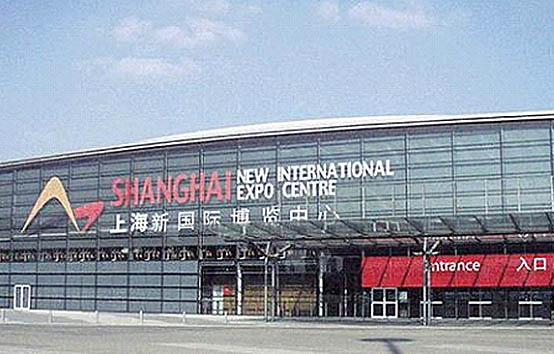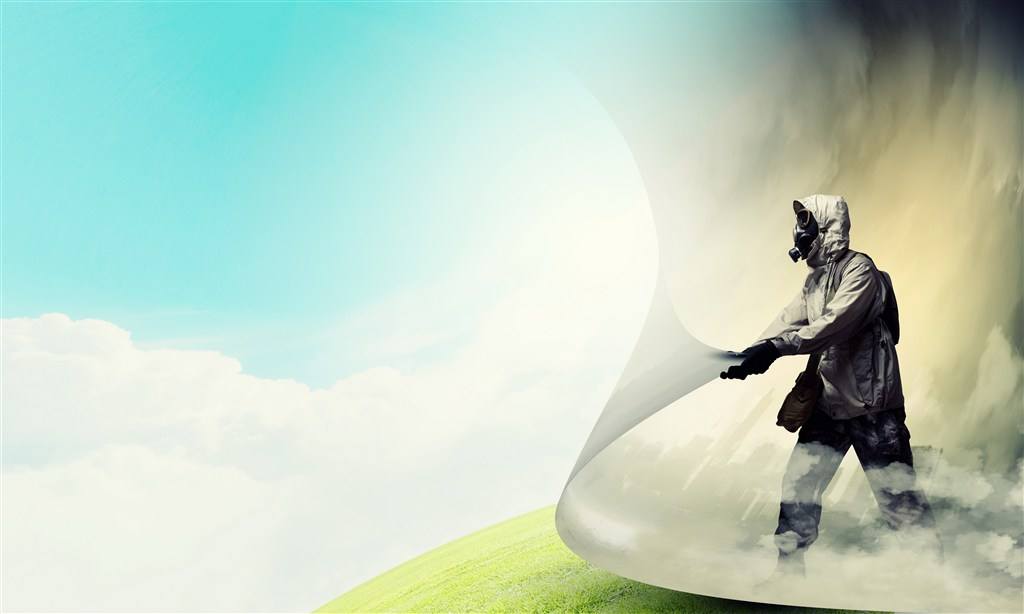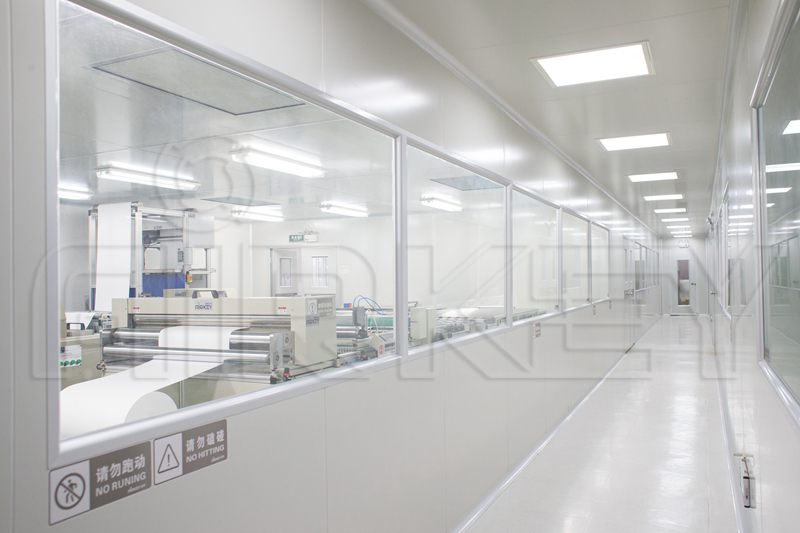What is a clean room?
A clean roomisa combination of engineering design, fabrication, installationand operational controls (control strategy) that are required to convert a “normal” room to a “clean room”. In a pharmaceutical sense, clean rooms are those rooms that meet the code of GMP requirements as defined in the sterile code of GMP and other standards and guidance as required by local health authorities.
Why does company needsa clean room?
There is no GMP requirement in the EU and PIC/S (i.e. TGA) GMP guidance’s for the manufacture of non-sterile medicinal products in a “clean room”, but we do use clean areas that are effectively ventilated with filtered air where the products or open clean containers are exposed. On the other hand, for the manufacture of sterile medicinal products, clean rooms are mandatory.In a nutshell, if you manufacture a non-sterile medicinal product, you should be very careful about classifying or grading your clean areas, for example, classifying a room as “Grade D”. Whilst not a code requirement, many regulators, like the Australian TGA will expect you to fully comply with all of the requirements for a Grade D room, even if it’s not a GMP code requirement. If you have classified the room as Grade D, you will need to live with the consequences and costs of maintaining this level of clean room cleanliness during operation.
What type of clean room do I need?
If you are a manufacturer of non-sterile medicinal products, you should define your own clean room / area standards using national and international standards. Usually manufacturers will define an airborne particulate concentration standard class such as ISO 14644-1 ISO 8 (at rest), outline gowning and a pressure cascade regime, defining a “clean corridor” design or a “dirty corridor” design.
If you are a manufacturer of sterile medicinal products, you must follow the EU or PIC/S GMPs.
What are the sources of contamination in a clean room?
It should be noted that cleanrooms do not eliminate contamination altogether, they control it to an acceptable level.
Our real concern is actually microbial contamination in most cases. Traditionally the technology did not exist to directly measure microbial contamination in real-time, so the “all airborne particulates” limits were used and extrapolated /assumed to be representative of possible airborne microbial contamination risk.
So the GMP’s set out defining and controlling sources of particulates in an attempt to control possible “microbial contamination”.
Personnel present in a cleanroom are normally the highest source of the airborne particulates and/or microbial contamination risk, so proper gowning and limiting the number of staff into a room must be carefully controlled to be within the cleanroom design.
So what makes a clean room a “clean room”?
Cleanrooms and clean areas are defined in the GMP’s as having the following characteristics.
There are three things that keep a cleanroom “clean”:
1.The internal surfaces of the clean room and the equipment within them;
2.The control and quality of air through the clean room;
3.The way the clean room is operated (i.e. the number of staff).







